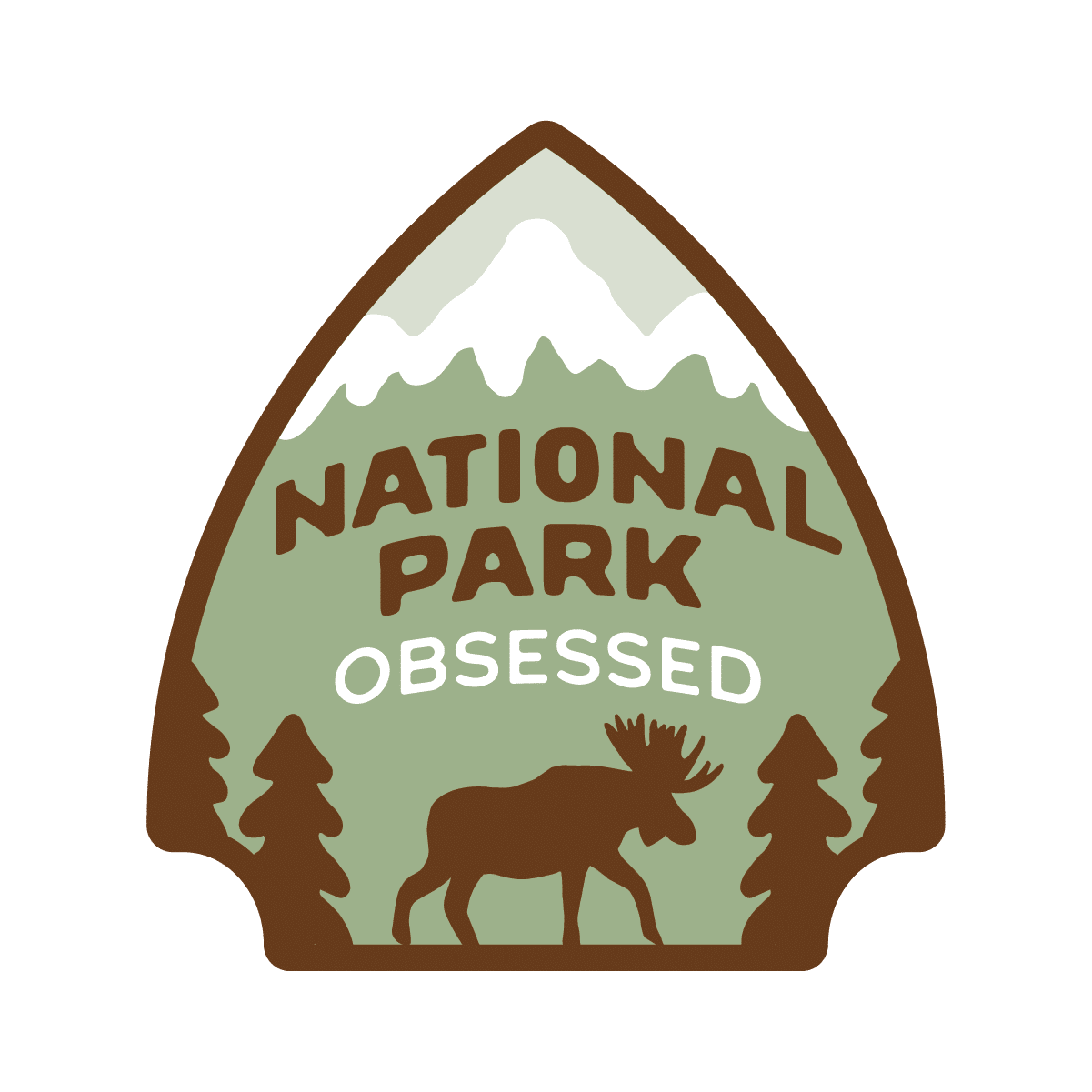National Parks of Kansas
There is currently five National Park Service Site in Kansas and five associated sites.
Official National Parks of Kansas
- Brown vs. Board of Education National Historic Site
- Fort Larned National Historic Site
- Fort Scott National Historic Site
- Nicodemus National Historic Site
- Tallgrass Prairie National Preserve
Associated sites of Kansas
- California National Historic Trail
- Lewis and Clark National Historic Trail
- Oregon National Historic Trail
- Pony Express National Historic Trail
- Santa Fe National Historic Trail
[show-map id=”62″]
Kansas National Parks
Brown vs. Board of Education National Historic Site
Fort Larned National Historic Site
Fort Scott National Historic Site
Nicodemus National Historic Site
Tallgrass Prairie National Preserve
California National Historic Trail
The California National Historic Trail is a massive 5,000 mile trail and runs thru 10 different states. This trail retraces the overland routes over 250,000 emigrants took to reach the fertile farmlands and famed gold fields of California in the 1840’s and 1850’s.
Unlike some of the other trails of the National Trails System, the California Trail isn’t a single hiking trail. It is a disconnected series of hiking trails, roads, and sites. Many of the US highways follow the wagon trail the settlers created as they rushed to California. Emigrants had a choice of routes across the United States. These trails start in Missouri and Nebraska. The then run thru Kansas, Colorado, and Wyoming before splitting into Idaho and Utah. They go thru Nevada and into California and Oregon.
Things to do in California National Historic Trail: Auto Tours, Hiking, Horseback Riding, Museums, Camping
How to get to California National Historic Trail: The route runs from Missouri and Nebraska to California and Oregon. The various trail routes are approximately followed by various Highways and Interstates.
Where to Stay in California National Historic Trail:
California National Historic Trail Entrance Fee: There may be nominal fees at trail-related federal, state, or locally owned historic sites and interpretive facilities.
California National Historic Trail Official Website: Click Here
Map of California National Historic Trail: Download
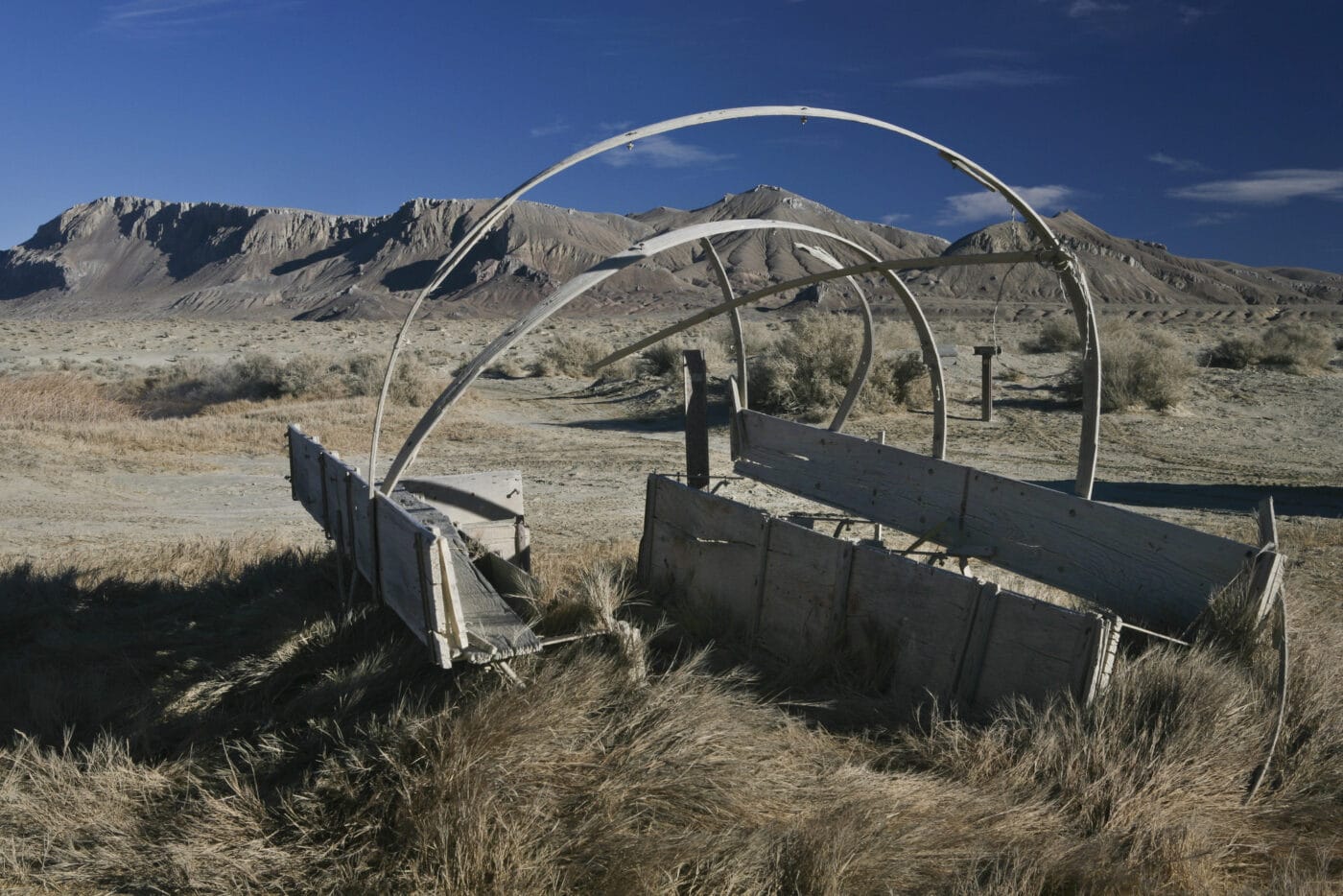
Lewis and Clark National Historic Trail
The Lewis and Clark National Historic Trail follows the route Meriwether Lewis and William Clark took across the United States’ newly purchased territory. The trail starts at Camp Dubois, Illinois and passes thru Missouri, Kansas, Iowa, Nebraska, South Dakota, North Dakota, Montana, Idaho, Oregon, and ends in Washington. The trail is a combination of auto, land and water routes.
The Lewis and Clark expedition started in May 1804 with the goal to find a practical route across the western region of North America. They were to lay claim to these lands to limit European expansion. The expedition was a success. Lewis and Clark crossed the Louisiana purchase and made it to the Pacific Ocean. They recorded the plants, animals, and landscapes as they traveled. They laid the foundations for future relationships with the American Indian tribes of the relationships.
The trail was established on November 10, 1978. There are over 100 stops along the trail.
Things to do in Lewis and Clark National Historic Trail: Hiking, Auto Tours, Museums,
How to get to Lewis and Clark National Historic Trail: The sites are located in the 16 states the trail runs through.
Where to Stay in Lewis and Clark National Historic Trail: There are various places to stay along the trail.
Lewis and Clark National Historic Trail Entrance Fee: There may be nominal fees at trail-related federal, state, or locally owned historic sites and interpretive facilities.
Lewis and Clark National Historic Trail Official Website: Click Here
Map of Lewis and Clark National Historic Trail: Download
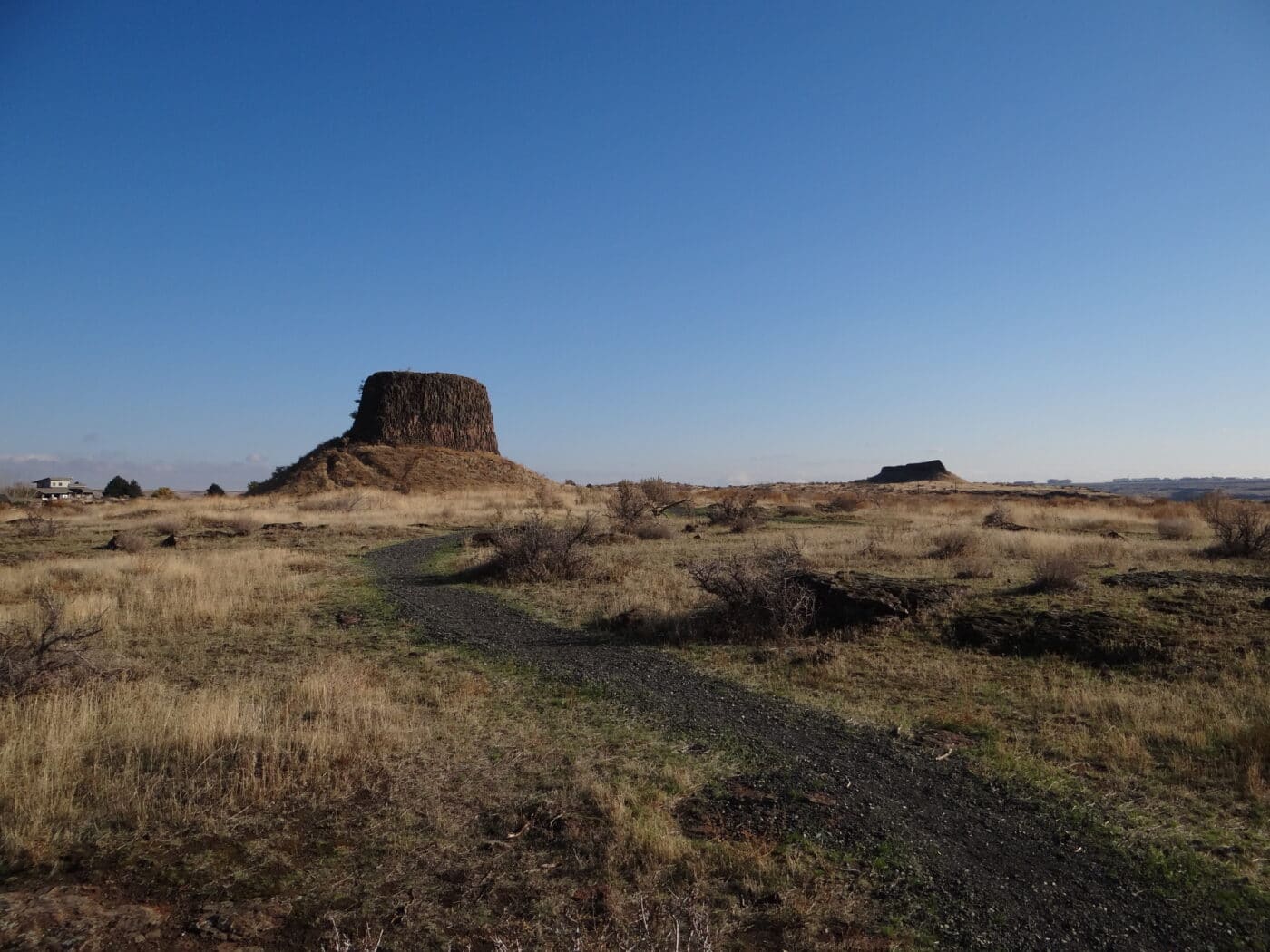
Oregon National Historic Trail
The Oregon National Historic Trail is often called the Oregon Trail. This 2,170-mile trail was used to travel from Independence, Missouri to Oregon Territory. These men and women headed west to fertile farmlands. The first half of the trail was used by travelers on the California National Historic Trail and the Mormon National Historic Trail.
Roughly 400,000 people packed up their lives into covered wagons to follow the Oregon Trail. Several stops along the Oregon Trail are their own national park sites such as Scotts Bluff National Monument, Fort Laramie National Historic Site, Hagerman Fossil Beds National Monument, and Fort Vancouver National Historic Site. Many other sites are within a couple hours drive of the trail.
Today, the trail runs thru Missouri, Kansas, Nebraska, Wyoming, Idaho, Washington, and Oregon. The Oregon National Historic Trail is mostly an autoroute.
Things to do in Oregon National Historic Trail: Auto Tours, Hiking, Sightseeing, Wildlife Watching
How to get to Oregon National Historic Trail: The sites are located in every state the trail runs through.
Where to Stay in Oregon National Historic Trail: There are various places to stay along the trail.
Oregon National Historic Trail Entrance Fee: There may be nominal fees at trail-related federal, state, or locally owned historic sites and interpretive facilities.
Oregon National Historic Trail Official Website: Click Here
Map of Oregon National Historic Trail: Download
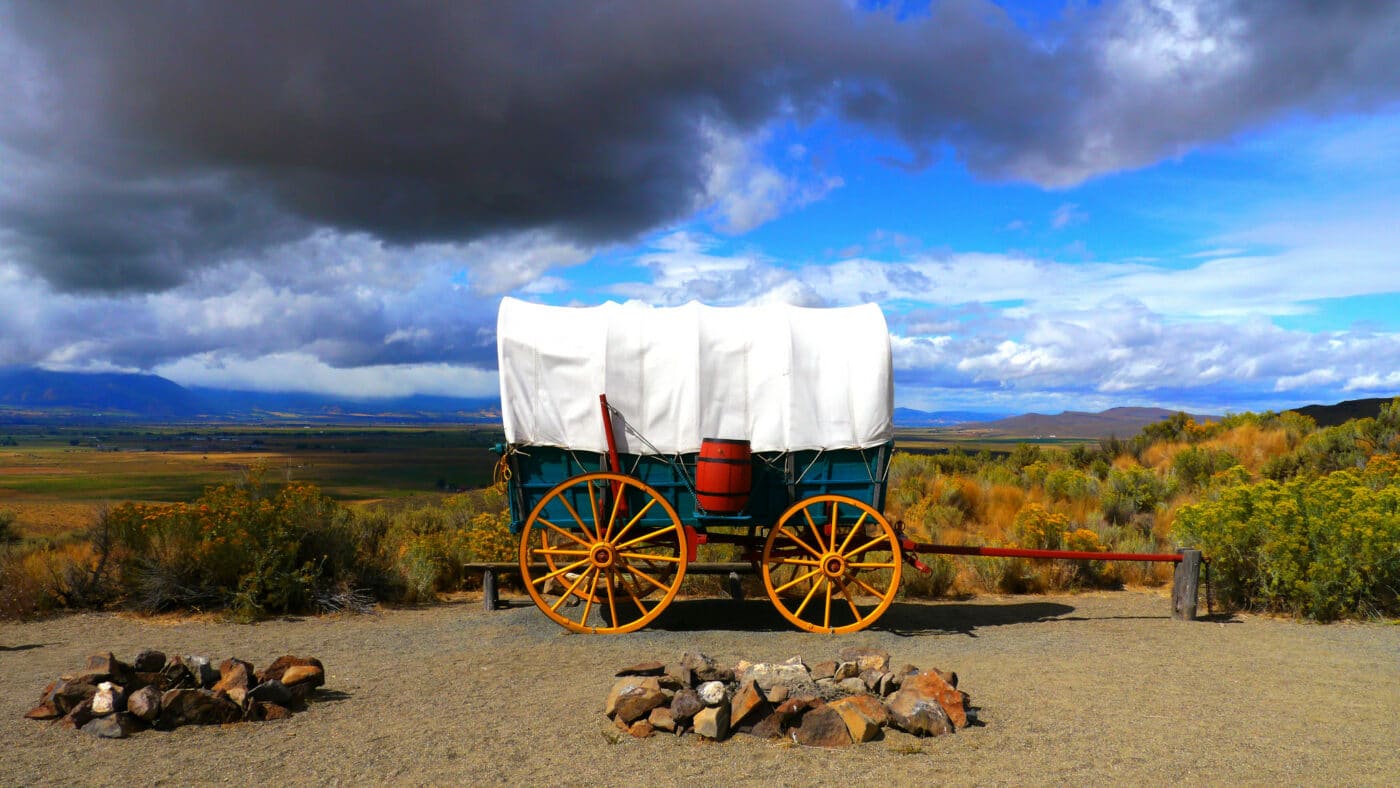
Pony Express National Historic Trail
The Pony Express National Historic Trail follows the 1860 and 1861 mail route used by the Pony Express to transport mail between Missouri to California. The Pony Express used a relay of horse-mounted riders. The system was set-up so that riders would ride between 186 Pony Express stations. The stations were between 5-25 miles apart. At each station, the rider would switch to a fresh horse and continue on their journey. The Pony Express reduced the time to for a letter to travel across the US from six months to 10 days. After 18 months of speedy mail delivery, the Pony Express was replaced with the telegraph.
Pony Express National Historic Trail was declared a National Historic Trail on August 3, 1992. Today it is mostly an auto-touring route starting in Missouri and traveling through Kansas, Nebraska, Colorado, Wyoming, Utah, and Nevada on the way to California. There are sections of the trail where visitors can hike or ride along the trail. The trail is still being developed for tourism but there are several stations and museums along the route so visitors can learn more about the Pony Express.
In Kansas, visitors can explore Hollenberg Pony Express Station State Historical Site, Pony Express Barn, and Marshall’s Ferry.

Santa Fe National Historic Trail
Santa Fe National Historic Trail was a freight transportation route from Franklin, Missouri, and Santa Fe, New Mexico. The route runs through Missouri, Kansas, Oklahoma, Colorado, and New Mexico. The trail splits in Kansas into the Mountain Route which heads further west into Colorado before heading south and the Cimarron Cutoff which crosses the Cimarron Desert and goes through Oklahoma. The trail was established in 1822 to encourage trade between the US and Mexico.
Today, visitors to the Santa Fe National Historic Trail is an autoroute. Along the way, there are many local, state and federal sites to explore to learn more about the route and the region’s history. Autograph Rock near Boise City, Oklahoma was an important stopping place as it was one of the few year-round water sources in this region.
Santa Fe National Historic Trail was created in 1987.
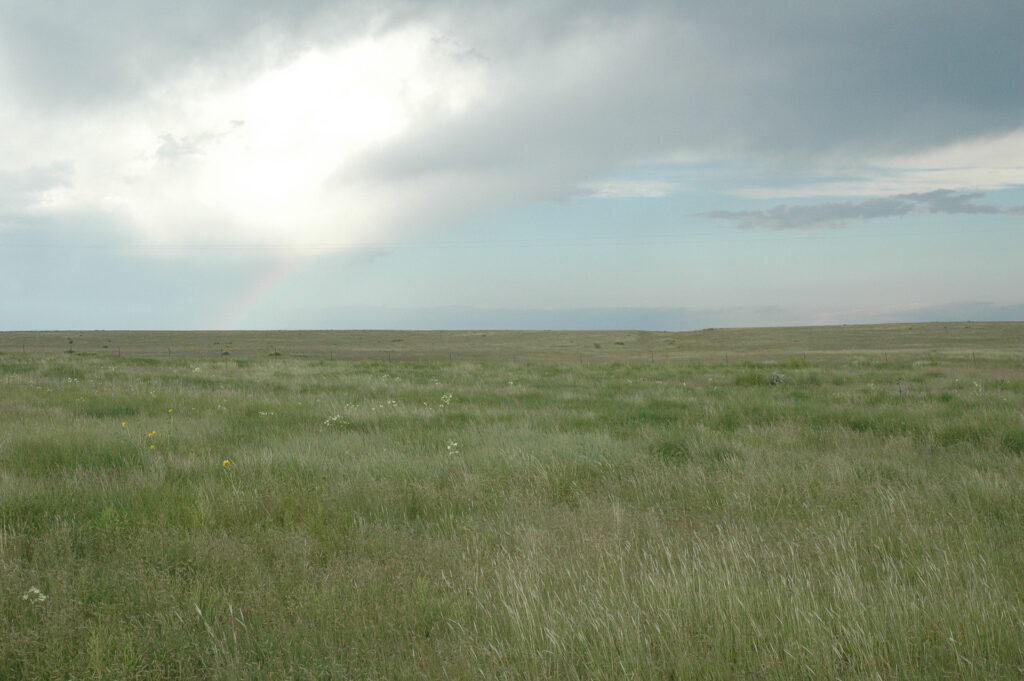
View all the National Park Service Sites in neighboring states:
- Colorado National Parks – Colorado is home to Black Canyon of the Gunnison, Great Sand Dunes, Mesa Verde and Rocky Mountain National Parks and 9 other units.
- Missouri National Parks – Missouri is home to Gateway Arch National
ParkMemorial and 7 other units - National Parks of Nebraska
- National Parks of Oklahoma
Get your National Park Obsessed Gear and Help Support the Parks
[go_pricing id=”end_of_post”]
